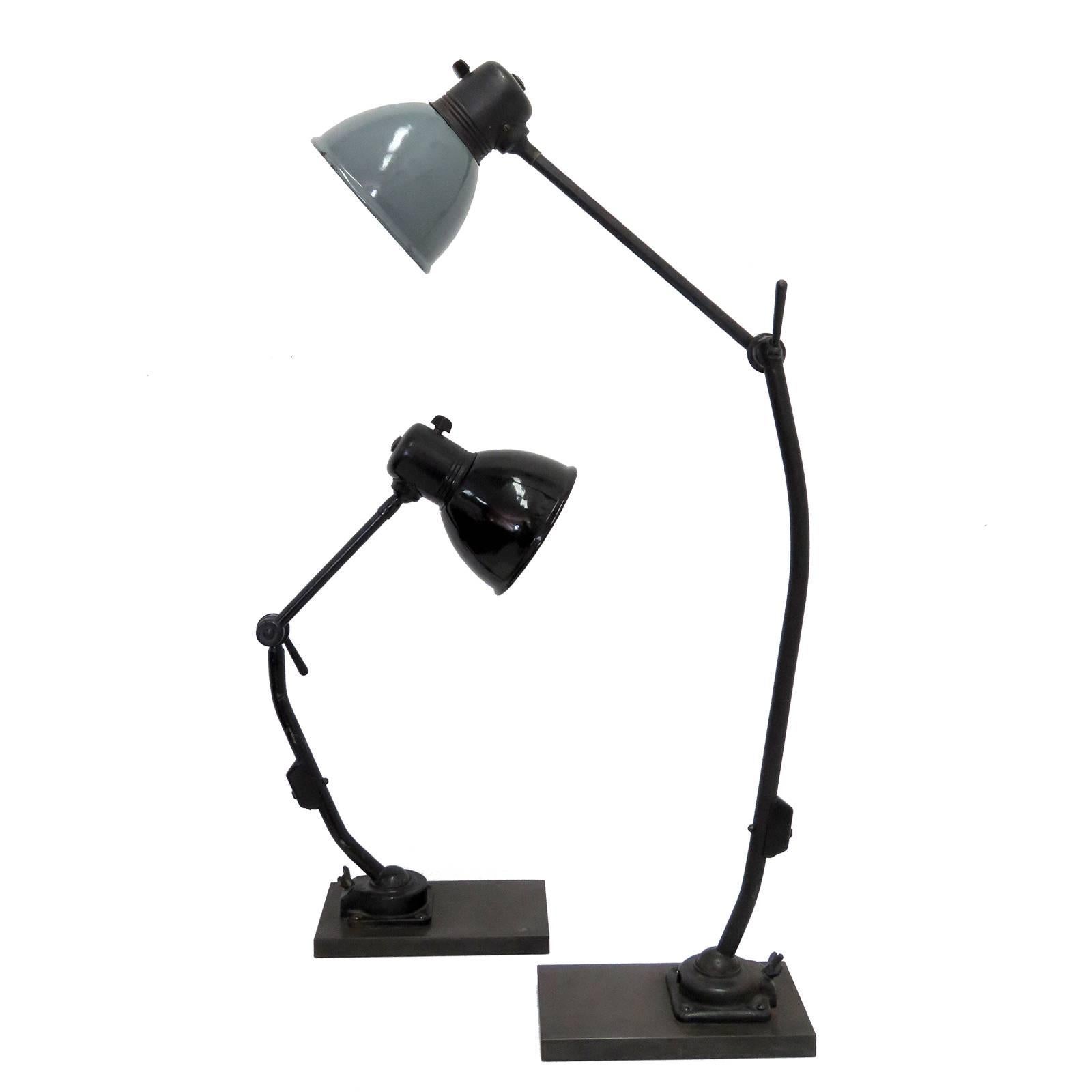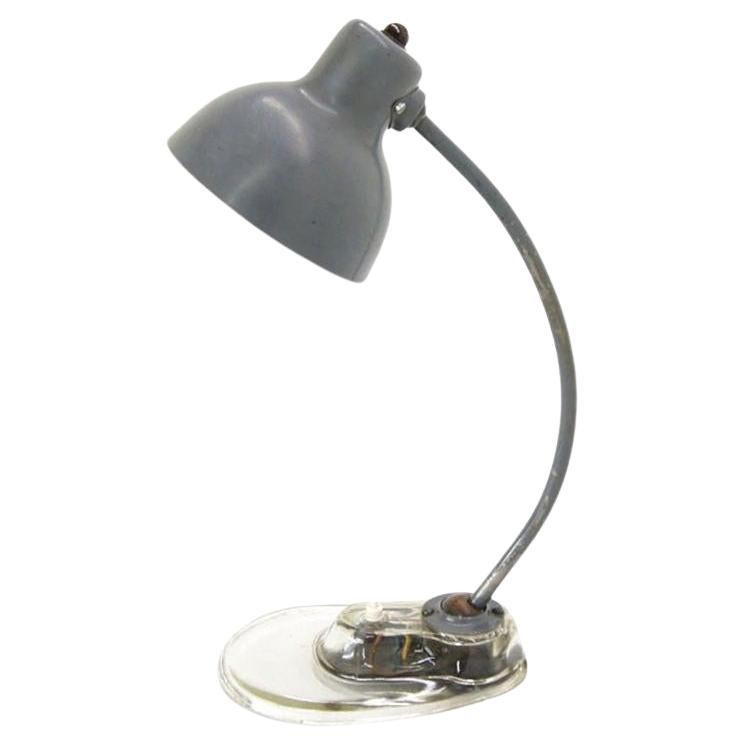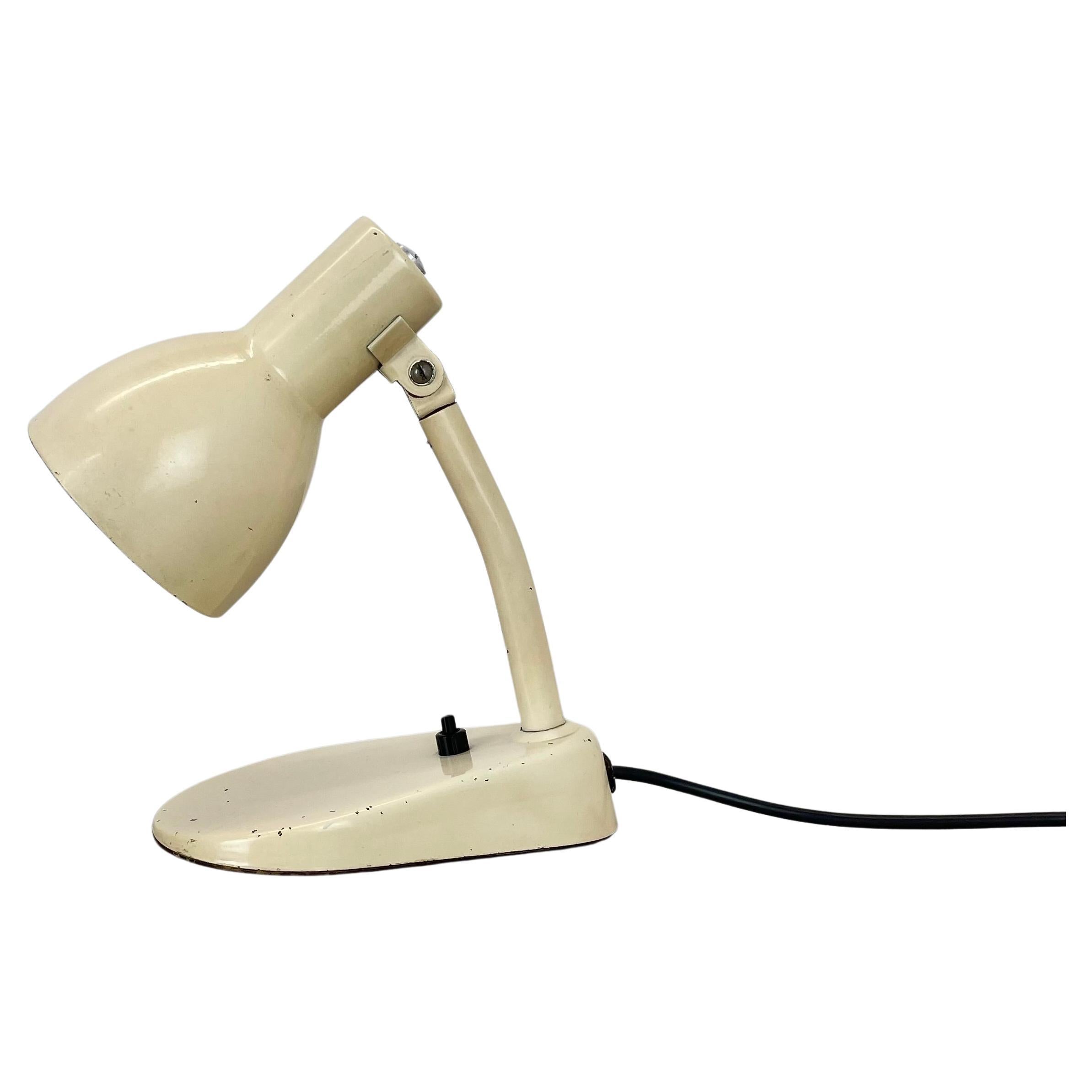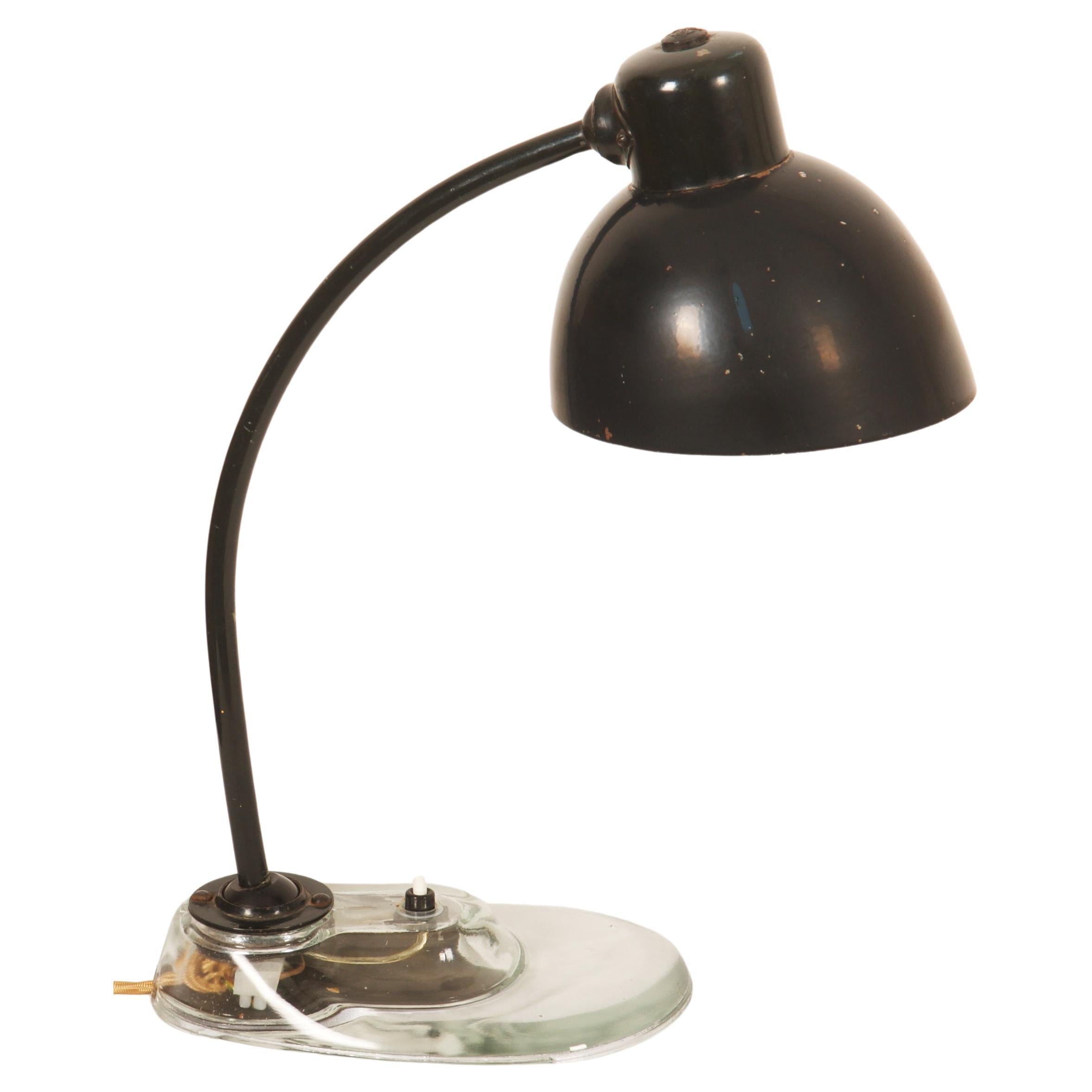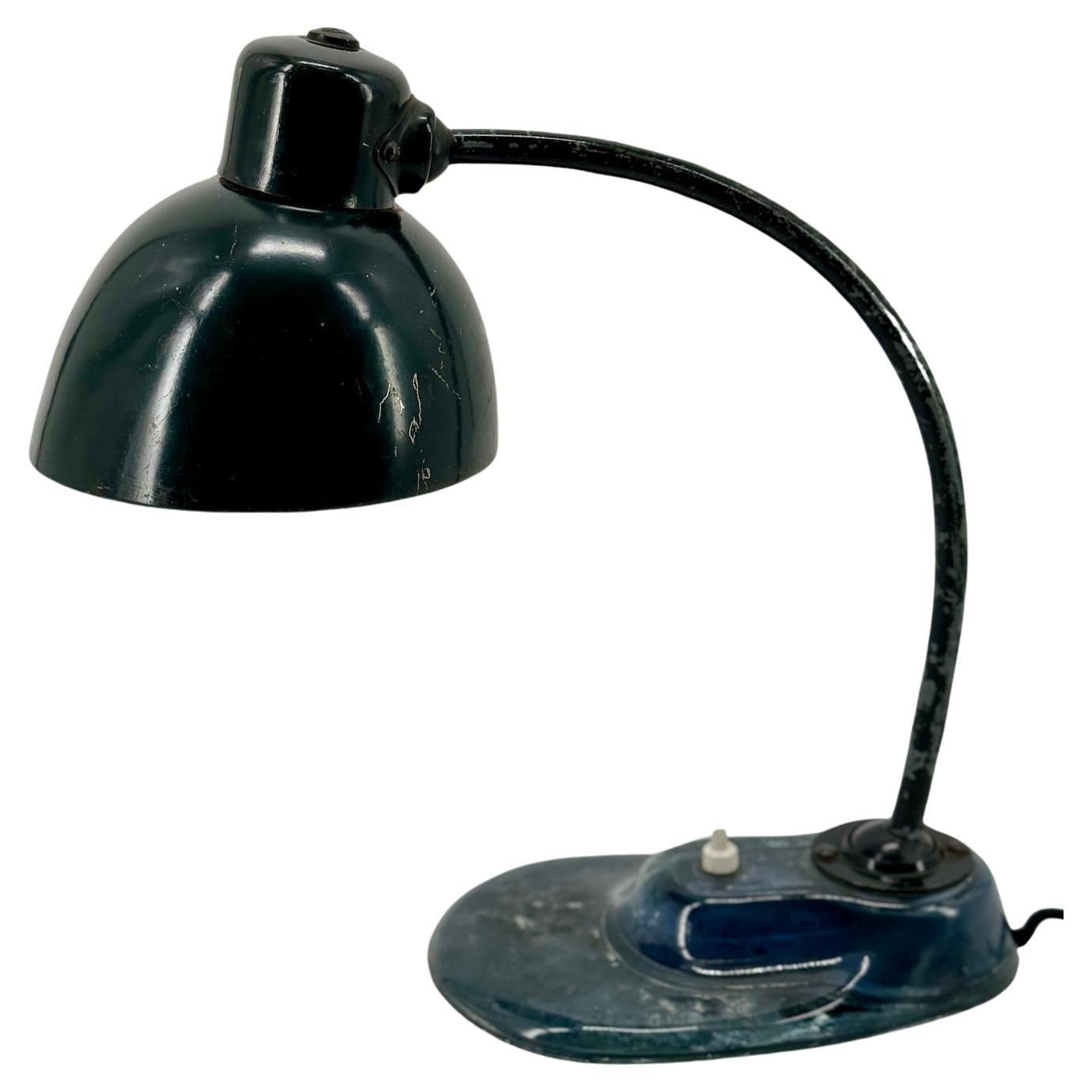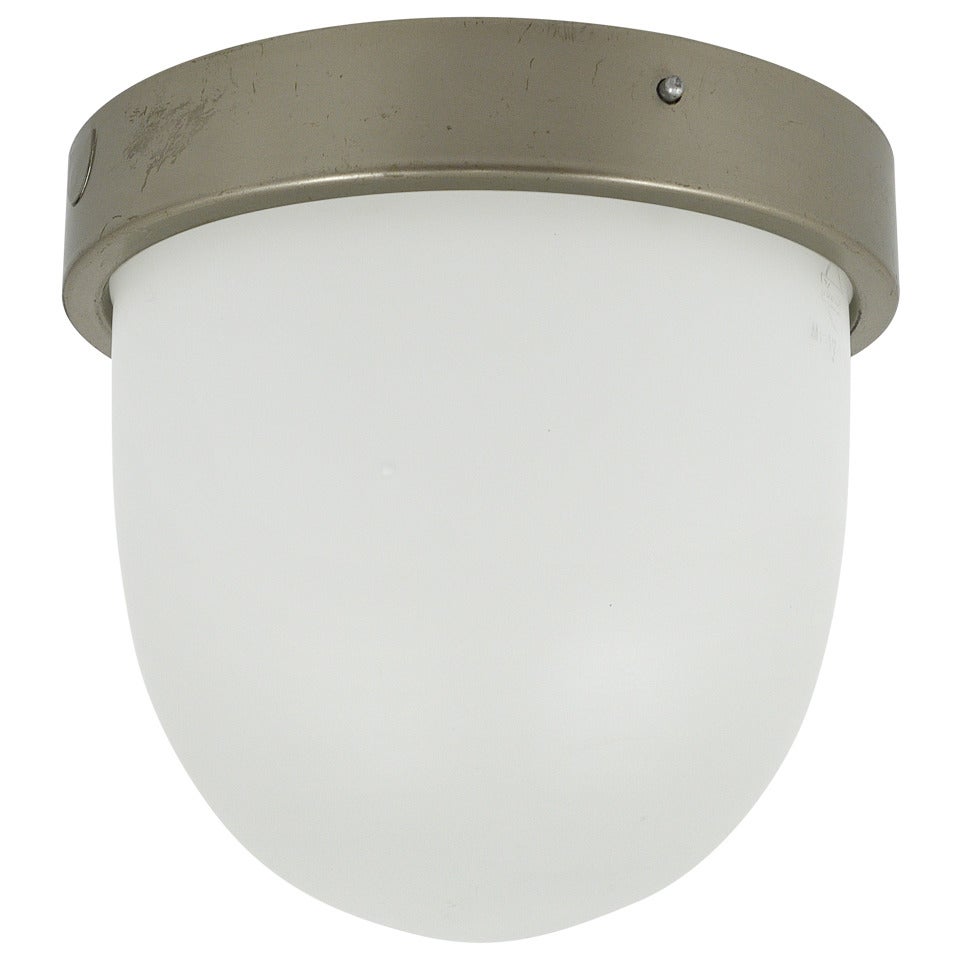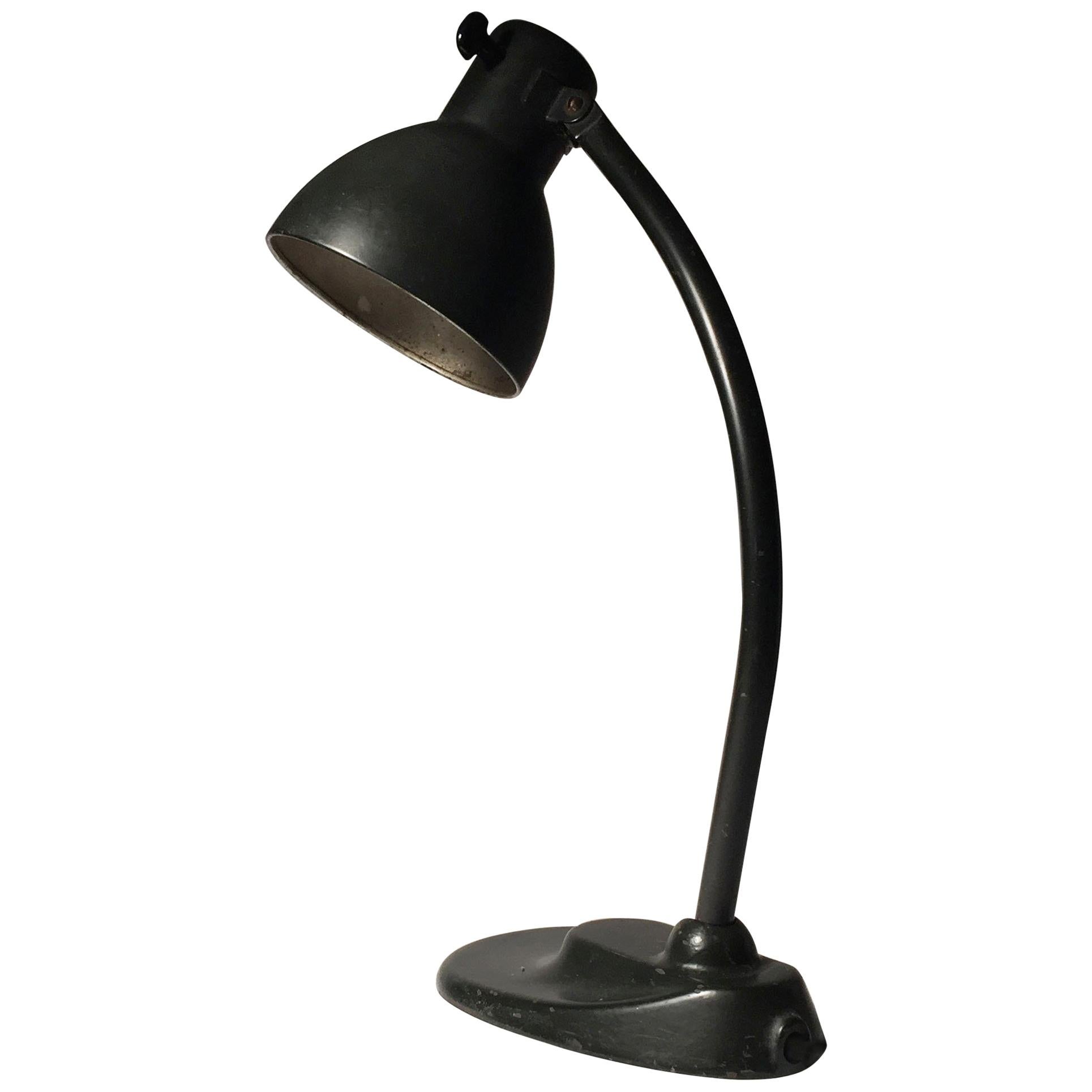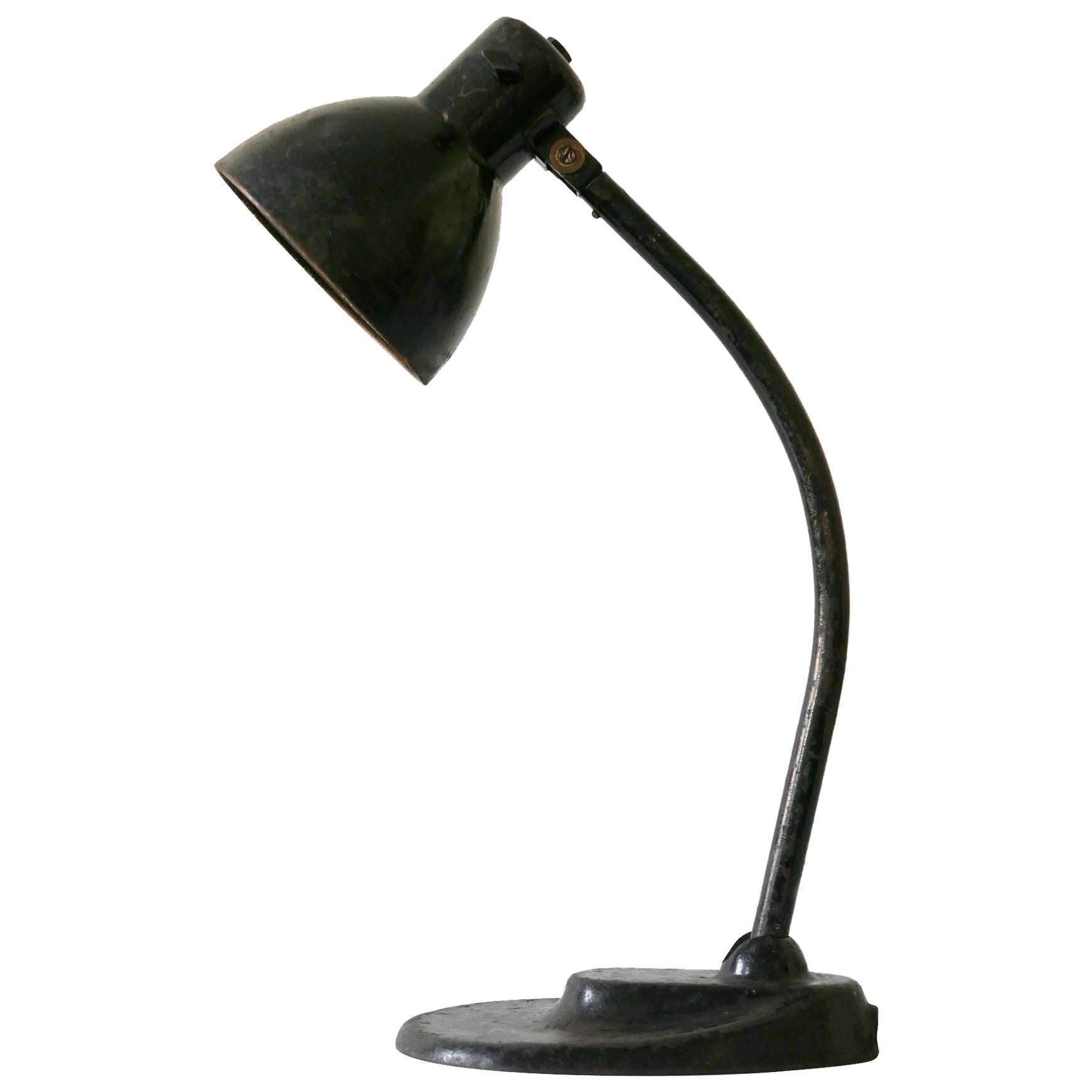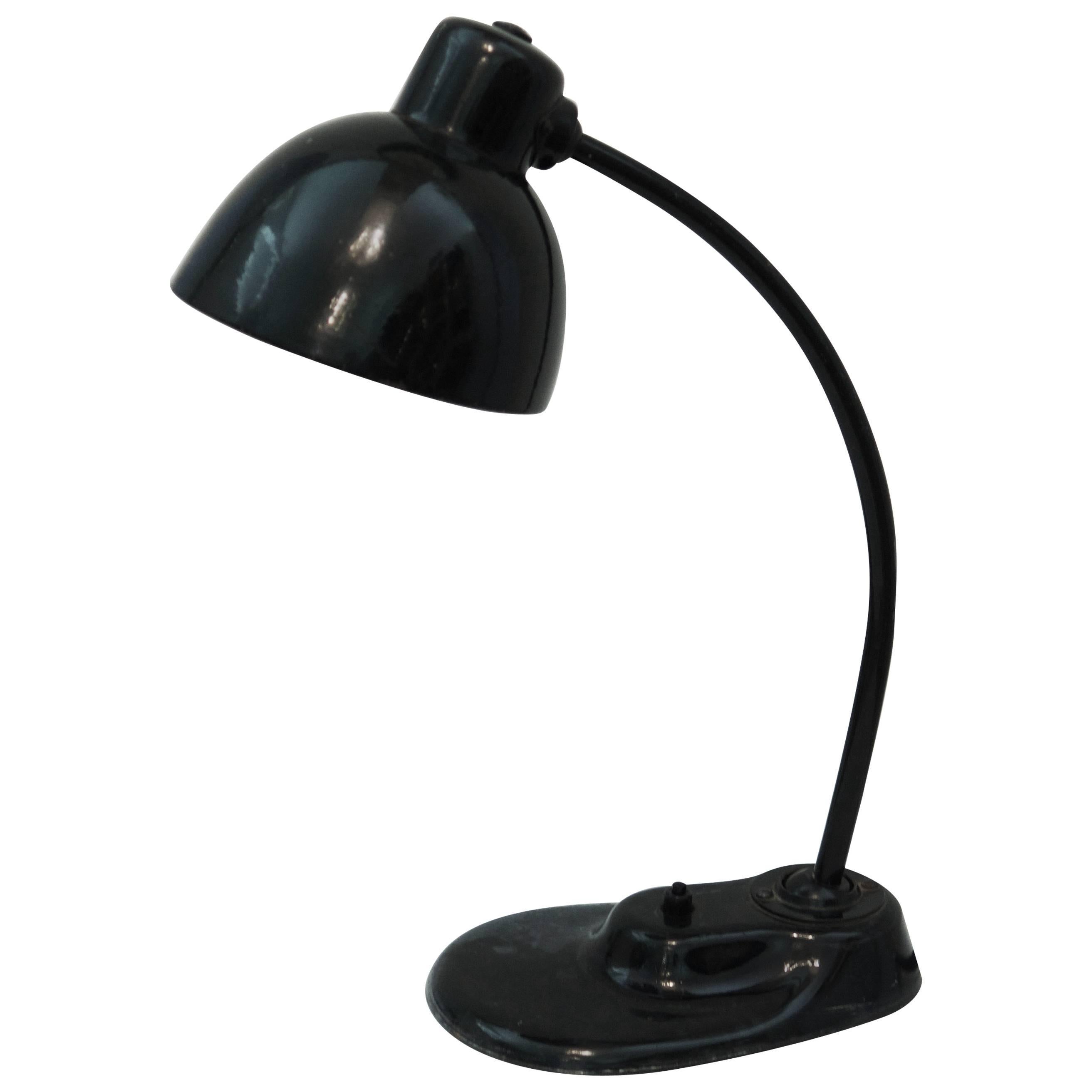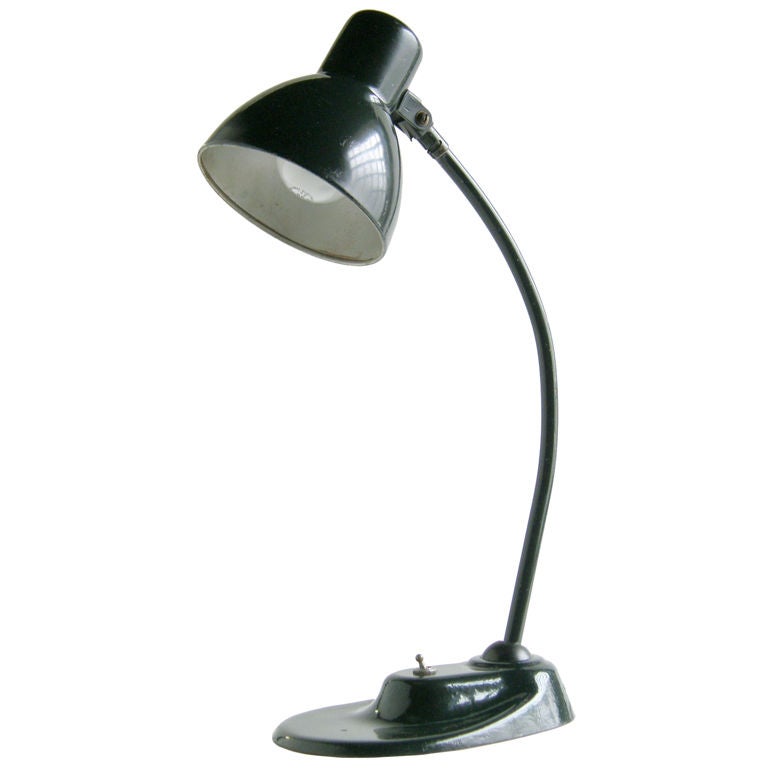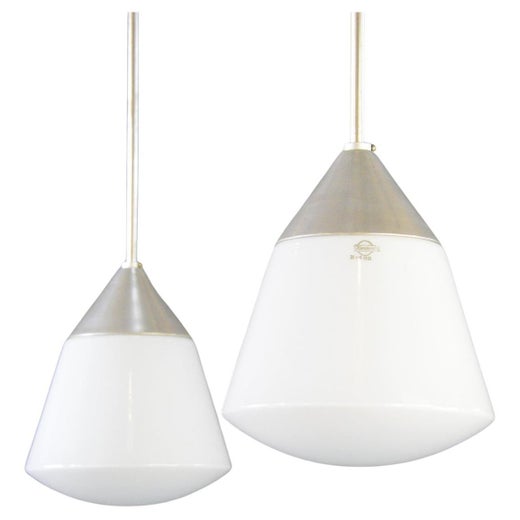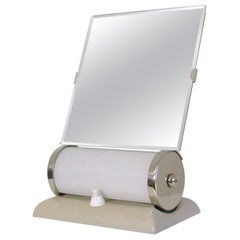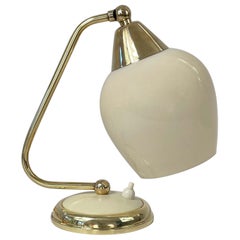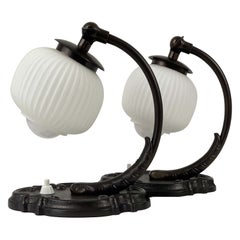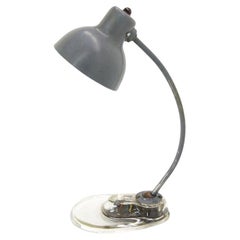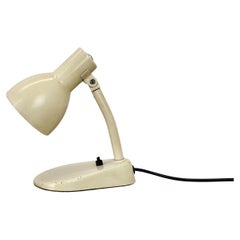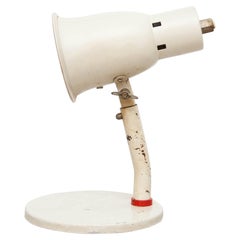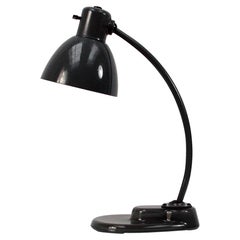
German Model 1115 Table Lamp Marianne Brandt for Kandem Leuchtenbau Leipzig
View Similar Items
German Model 1115 Table Lamp Marianne Brandt for Kandem Leuchtenbau Leipzig
About the Item
- Creator:Kandem (Manufacturer),Marianne Brandt (Designer)
- Dimensions:Height: 17.33 in (44 cm)Diameter: 6.3 in (16 cm)
- Style:Bauhaus (In the Style Of)
- Materials and Techniques:
- Place of Origin:
- Period:
- Date of Manufacture:1951
- Condition:Refinished. Rewired. Wear consistent with age and use. Some minor wear to the lacquering of the glass foot.
- Seller Location:NUEMBRECHT, DE
- Reference Number:Seller: SKU991stDibs: LU1020412982411
Marianne Brandt
Marianne Brandt was a German painter, sculptor, photographer and designer who attended the Bauhaus-Universität Weimar. There she became a student of Hungarian modernist theorist and designer László Moholy-Nagy in the metal workshop.
After leaving the Bauhaus, Brandt worked for Walter Adolph Georg Gropius in his Berlin studio. Brandt subsequently became the head of metal design at the Ruppelwerk firm in Gotha, where she remained until losing her job during the ongoing financial Depression in 1932.
After the Second World War, Brandt remained in Germany to help rebuild her family's home, which had been severely damaged in the bombings. She lived out her days in Germany while the Bauhaus was generally reviled as decadent during much of the German Democratic Republic. By the end of her life Brandt had a loyal group of students from her many years as a teacher of design.
Brandt's designs for household objects such as table lamps, ashtrays and teapots are considered the timeless examples of modern industrial design.
Find vintage Marianne Brandt furniture and decorative objects on 1stDibs.
(Biography provided by DADA)
Kandem
Among the earliest lighting manufacturers in Germany, Kandem Leuchten GmbH embodies the progressive philosophy of the Bauhaus school.
In the early 20th century, the company’s popularity skyrocketed as a result of its innovative engineering and forward-looking visual design. Kandem popularized many features and forms that prominently characterize the lighting designs of today — such as the bell-shaped head and forward-foot base, which are common attributes of many table lamps.
German mechanics and good friends Max Körting and Wilhelm Mathiesen founded Kandem Leuchten GmbH as Körting and Mathiesen (K&M) in 1889. The two had developed a bond while working at a company in Leipzig and quickly found that they shared a similar professional vision with respect to design. They decided to go into business together in the then-fledgling field of electrical engineering.
Körting and Mathiesen set up shop and moved forward on their inaugural idea — creating a new type of arc lamp. To build capital for their project, the duo produced small electrical pieces such as light switches and doorbells that sold as quickly as they could make them. When they completed their arc lamp, it sold much more quickly than they expected. In order to increase their production, Körting and Mathiesen bought property and built a plant just outside of Leipzig. By this time the partners had rebranded the company as Kandem, which is an abbreviated combination of their surnames. However, colleagues and peers continued to refer to the company as Körting and Mathiesen.
In the 1920s, Kandem involved itself heavily in the Bauhaus design school, buying designs and enlisting the talents of the facility’s top artists at the student ateliers in Dessau — which was home to the institution following its move from Weimar, where Walter Gropius founded the school in 1919. Kandem partnered with notable Bauhaus product designers Hin Bredendieck and Marianne Brandt. After emigrating to the United States during the late 1930s, Bredendieck taught at the Institute of Design in Chicago and would later establish the Department of Industrial Design at Georgia Tech. Collectors celebrate Brandt for her boundless creativity and innovation in household products and accessories — many of which inspire designers to this day.
Kandem’s relationship with Bauhaus ended in 1933 when the school closed. The manufacturer continued to operate outside of Leipzig well into the mid-20th century, producing some of the most celebrated pieces in mid-century modern lighting design. Kandem now operates in Diez, Germany, as a subsidiary of the Dr. Fischer Group.
On 1stDibs, explore the vast array of Kandem table lamps, pendants and wall lights.
More From This Seller
View AllVintage 1930s German Bauhaus Table Mirrors
Chrome, Metal
Vintage 1930s German Bauhaus Table Lamps
Brass
Vintage 1950s German Mid-Century Modern Table Lamps
Brass
Vintage 1930s German Art Deco Table Lamps
Metal
Vintage 1950s German Bauhaus Table Lamps
Aluminum, Iron
Vintage 1930s German Art Deco Table Lamps
Brass
You May Also Like
Vintage 1930s German Bauhaus Table Lamps
Metal
Vintage 1930s German Mid-Century Modern Table Lamps
Metal
Mid-20th Century German Bauhaus Table Lamps
Metal
Vintage 1920s German Mid-Century Modern Table Lamps
Metal
Vintage 1930s German Bauhaus Table Lamps
Steel
Vintage 1930s German Mid-Century Modern Table Lamps
Iron
